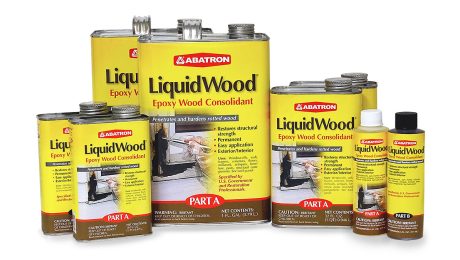Keep Your Basement Dry With a Curtain Drain
If your house is under assault from groundwater, make perforated pipe your first line of defense.

Synopsis: Leaky basements are a nuisance, and a potential threat to mechanical equipment, floor and wall finishes, and anything else below grade. Landscape contractor Eric Nelson has a solution for that problem: a curtain drain that channels groundwater away from the house and basement. Set in a trench that slopes downhill, perforated pipe wrapped in filter fabric collects water and gets it safely away from the house. The curtain drain is covered with a layer of gravel to keep it accessible in case anything needs repair.
When it comes to unwanted moisture in the basement, an ounce of prevention is worth many gallons of cure. That’s why I start solving basement water problems by looking at grade, gutters, and foundation cracks. When the house lacks functioning foundation drains, as older homes might, the wet basement problem can be worse.
Grade should be pitched away from the house. Gutters should be clean and should channel water away from the house. Foundation cracks should be repaired with mortar or masonry sealant. If you still have water problems, think about where the water is coming from: groundwater seeping up, or surface water seeping down. For high water tables, an internal drain with a sump pump could be the answer. For runoff, a curtain drain is a great low-tech solution.
A curtain drain is a trench filled with gravel and perforated pipe to channel water away from the house. Lining the ditch with filter fabric will help the system last longer. I avoid generic landscape weed-blocking fabrics, opting instead for a high-quality product such as Typar landscape fabric. Line the ditch sides with fabric, then fold the fabric over the gravel a few inches below the surface. Fine aggregate, such as silt, will be prevented from sifting down deep into the curtain drain where it would eventually clog the pipe.
As long as you’re digging up the yard, you might as well incorporate gutter drains into the same ditch, just don’t connect gutter drains to perforated pipe. Instead, run gutter pipe alongside the curtain drain. And for safety’s sake, don’t forget to call 811 before you dig so you know you won’t be running into buried electric or gas lines.
It’s like a gutter for the foundation
When installed correctly, a curtain drain can intercept surface runoff and groundwater before it gets to the foundation. The water flows into a ditch that should be 18 in. to 24 in. deep and sloped downhill. Terminate the drain in an area where flowing water won’t create problems. Lining the ditch with filter fabric helps to keep the pipe clean so that the drain works maintenance-free for a long time.
For more photos and details on installing a curtain drain, click the View PDF button below.


























View Comments
I am working on a lot with some pretty significant grade change that slopes down to where the house sits. I am wondering what my options are for achieving proper drainage away from the house are. IRC states:
The ground immediately adjacent to the foundation shall be sloped away from the building at a slope of not less than one unit vertical in 20 units horizontal (5-percent slope) for a minimum distance of 10 feet (3048 mm) measured perpendicular to the face of the wall. If physical obstructions or lot lines prohibit 10 feet (3048 mm) of horizontal distance, a 5-percent slope shall be provided to an approved alternative method of diverting water away from the foundation. Swales used for this purpose shall be sloped not less than 2 percent where located within 10 feet (3048 mm) of the building foundation. Impervious surfaces within 10 feet (3048 mm) of the building foundation shall be sloped not less than 2 percent away from the building.
I don't have 10' to work with on 2 sides of my building and I am wondering if it would be possible to use a curtain drain 2' from the foundation on the sides of the building that have water flowing towards them as an "approved alternative method" of drainage. Any thoughts?